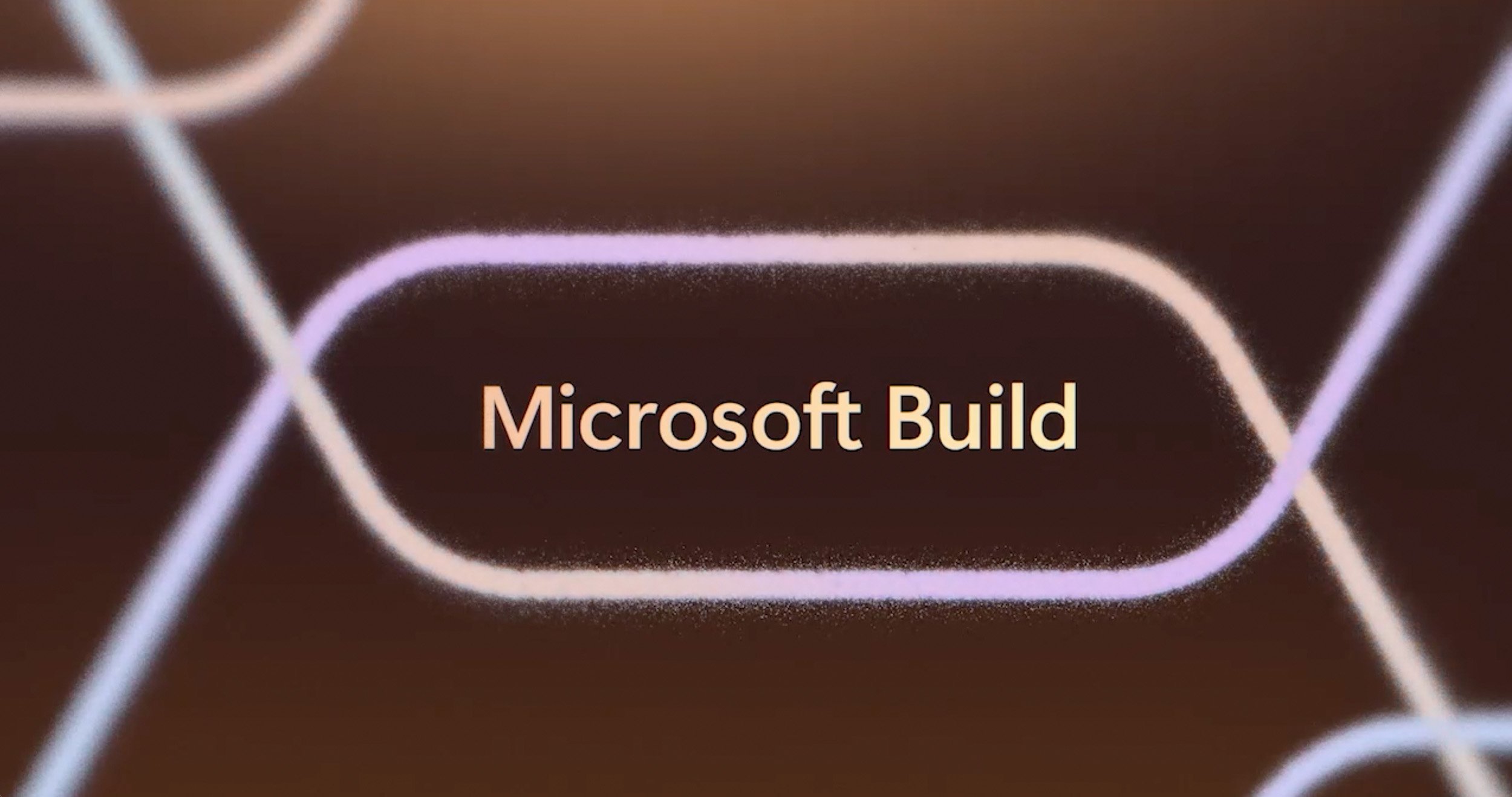Elon Musk’s Grok 3: The Strongest AI Ever Built?
Image Source: x.com
Elon Musk’s AI venture, xAI, has launched its latest flagship model, Grok 3, marking a significant milestone in the company’s efforts to rival industry leaders such as OpenAI and Google. With enhanced reasoning capabilities, new features, and a large-scale infrastructure supporting its development, Grok 3 aims to set itself apart in the competitive AI market. However, questions remain regarding its claimed superiority over other models, its accessibility, and its overall impact on the evolving AI landscape.
[Read More: Elon Musk's xAI Breakthrough: Supercomputer Built in 19 Days Sets New AI Benchmark]
Image Source: x.com
A Powerhouse Backed by Massive Computing Resources
Grok 3 has been in development for months, with Musk originally expecting its release in 2024. Despite missing that target, the model is now available, bringing with it significant upgrades over its predecessor, Grok 2.
A key component of Grok 3’s development is its training infrastructure, which xAI has significantly expanded. The company has leveraged a data center in Memphis housing approximately 200,000 GPUs, making it one of the largest AI training operations globally. Musk claims Grok 3 has been trained using ten times more computing power than Grok 2, allowing it to process a broader dataset that now reportedly includes legal filings from court cases.
According to Musk, this extensive training process has resulted in a model that is an order of magnitude more capable than Grok 2. The ambitious claim raises both excitement and skepticism within the AI community, as it remains to be seen whether Grok 3 can consistently outperform competitors in real-world applications.
[Read More: X Expands Grok AI Chatbot Access with Freemium Model to Boost User Engagement]
Image Source: x.com
Benchmark Performance and Competitive Standing
xAI asserts that Grok 3 outperforms OpenAI’s GPT-4o and Google’s Gemini on various AI benchmarks. These include the AIME (a mathematics proficiency test) and GPQA (which evaluates PhD-level knowledge in physics, biology, and chemistry). Additionally, Grok 3 has reportedly ranked competitively in the Chatbot Arena, a crowdsourced ranking system where users vote on AI-generated responses.
While these results appear promising, independent third-party evaluations will be essential to validate xAI’s claims. Historically, benchmark scores have been used as marketing tools, but real-world performance often varies based on how the models interact with users outside controlled testing environments.
[Read More: Elon Musk’s Grok-2 Unrestricted Political Imagery - A Double-Edged Sword?]
Image Source: x.com
New Grok 3 Variants: Enhanced Reasoning and Faster Responses
The Grok 3 family consists of multiple versions, each tailored to different use cases:
Grok 3 Mini – A lighter, faster model that sacrifices some accuracy for speed.
Grok 3 Reasoning – A model designed to “think through” complex problems, similar to OpenAI’s o3-mini and China’s DeepSeek R1.
Grok 3 Mini Reasoning – A lightweight variant of the reasoning model for faster calculations.
The reasoning models are particularly noteworthy, as they aim to fact-check themselves before delivering answers. This approach could help mitigate hallucination issues that commonly plague AI systems.
A new feature called DeepSearch enables Grok to analyze online sources, including content from Musk’s social network, X, to generate summaries of queried topics. However, concerns about bias and the potential for misinformation linger, as AI-driven research tools often struggle with source reliability and neutrality.
Additionally, Grok 3’s reasoning models come with a “Big Brain” mode, a feature designed to handle especially complex queries by utilizing additional computing power. Users can prompt Grok to “Think” for better reasoning, or engage Big Brain mode for deeper, more structured responses. While this feature aims to improve accuracy and reasoning, it also raises concerns about resource consumption and response latency.
[Read More: 2024’s Top AI Chatbot Developments: Discover the Right One for You]
Image Source: x.com
Access and Monetization: Premium Models for Paying Users
Access to Grok 3 comes with financial barriers. Subscribers to X’s Premium+ tier ($50 per month) are the first to gain access. Additionally, a new SuperGrok plan, reportedly priced at $30 per month or $300 per year, will unlock expanded reasoning and DeepSearch capabilities. This plan also includes unlimited image generation, positioning xAI as a competitor in the AI-generated media space.
Monetizing AI access is not a new trend, but it raises concerns about the exclusivity of advanced AI tools. While competitors like OpenAI and Google offer free-tier models with limited capabilities, xAI’s decision to gate Grok 3 behind a paywall could limit its reach and real-world applicability.
[Read More: Elon Musk Foresees AI Surpassing Human Intelligence by Next Year]
Image Source: x.com
Future Developments: Voice Mode and Enterprise API
Musk has announced that Grok 3 will receive a voice mode within a week, enabling synthesized speech capabilities. This aligns with broader industry trends where AI models are increasingly integrating voice interactions, as seen with OpenAI’s ChatGPT Voice Mode and Google’s Gemini Live.
Additionally, within a few weeks, Grok 3 will become available via xAI’s enterprise API, allowing businesses to integrate its capabilities into their workflows. This move could attract corporate clients looking for alternatives to OpenAI’s enterprise offerings, but Grok 3’s long-term viability in the business AI sector remains uncertain.
[Read More: Elon Musk's Colossus: The New AI Giant Combining 100,000 Nvidia GPUs!]
Open-Sourcing Grok 2: Transparency or Strategic Move?
Musk has stated that xAI will open-source Grok 2 in the coming months, following a pattern where the previous version is made public once a new model is stabilized. While this aligns with broader efforts for AI transparency, some speculate that open-sourcing Grok 2 is a strategic move to encourage community adoption and further train future iterations of Grok using user-generated data.
Furthermore, concerns persist about the model’s potential biases. Previous versions of Grok were advertised as unfiltered and free from what Musk calls “woke” influences, yet some studies found that Grok 2 leaned left on social and political issues. xAI has pledged to shift Grok toward a politically neutral stance, but whether this is achievable—or even desirable—remains a contentious issue.
[Read More: Elon Musk's Grok 3: Powered by 100,000 H100 GPUs for Unmatched AI Performance!]
The Challenges and Controversies Ahead
Despite its advancements, Grok 3 faces multiple challenges:
Credibility and Benchmark Validation – Independent testing will determine whether Grok 3 truly outperforms OpenAI and Google’s models.
Monetization Strategy – Premium access could limit adoption, especially in a market where free AI models exist.
Misinformation and Bias – DeepSearch and reasoning features must be carefully managed to ensure factual accuracy.
Security Risks – Preventing unauthorized distillation of Grok’s knowledge is a challenge xAI is actively addressing.
As the AI industry continues to evolve, Grok 3 represents both an opportunity and a risk for xAI. While its expanded capabilities and competitive claims are intriguing, its real-world effectiveness, accessibility, and ethical considerations will ultimately determine its impact in the long term.
[Read More: DeepSeek’s 10x AI Efficiency: What’s the Real Story?]
Source: Tech Crunch




























